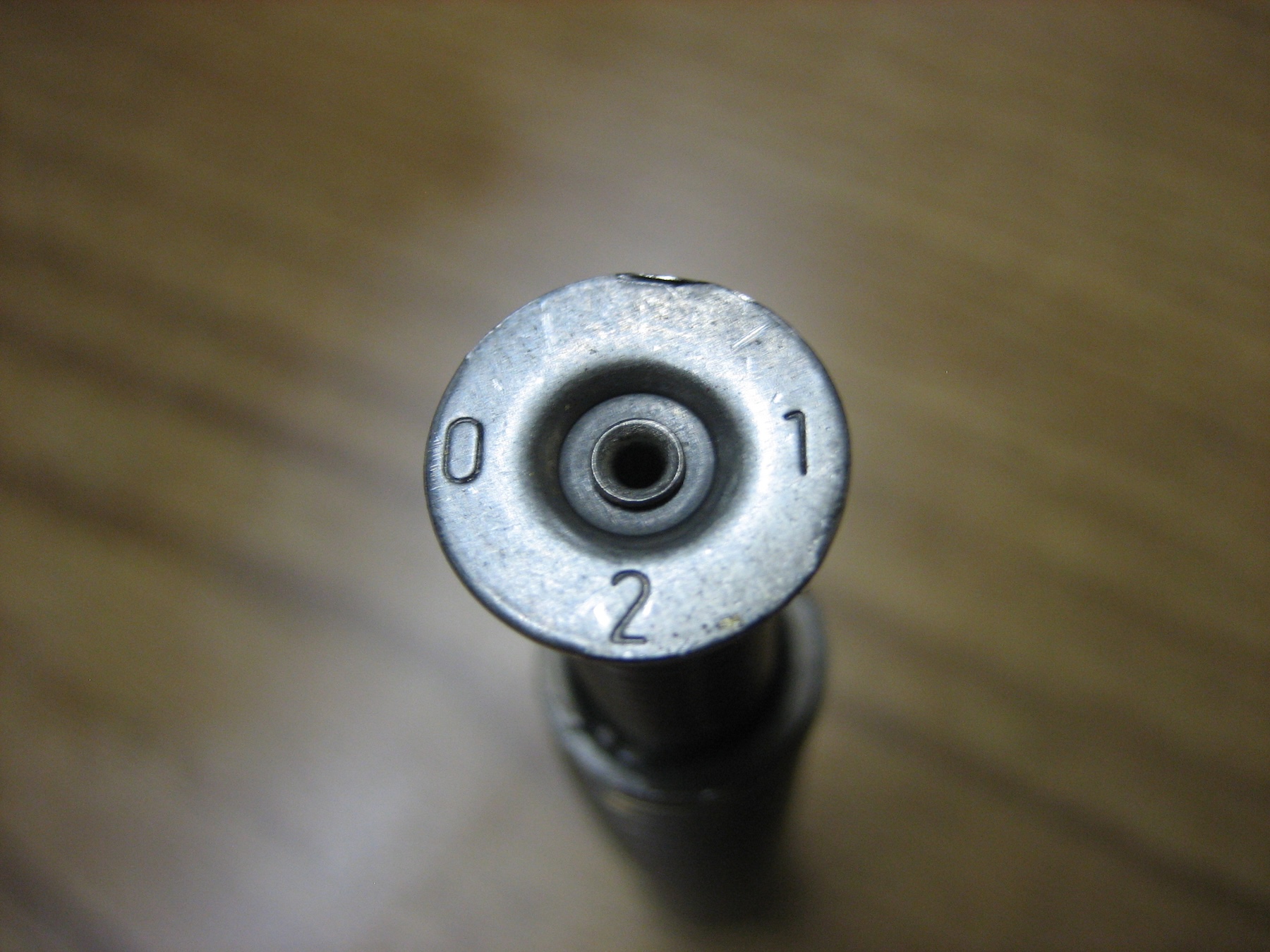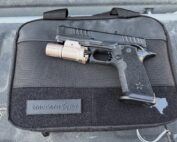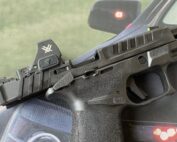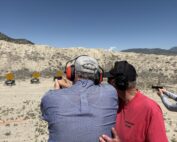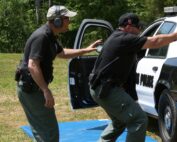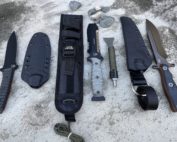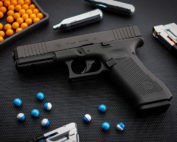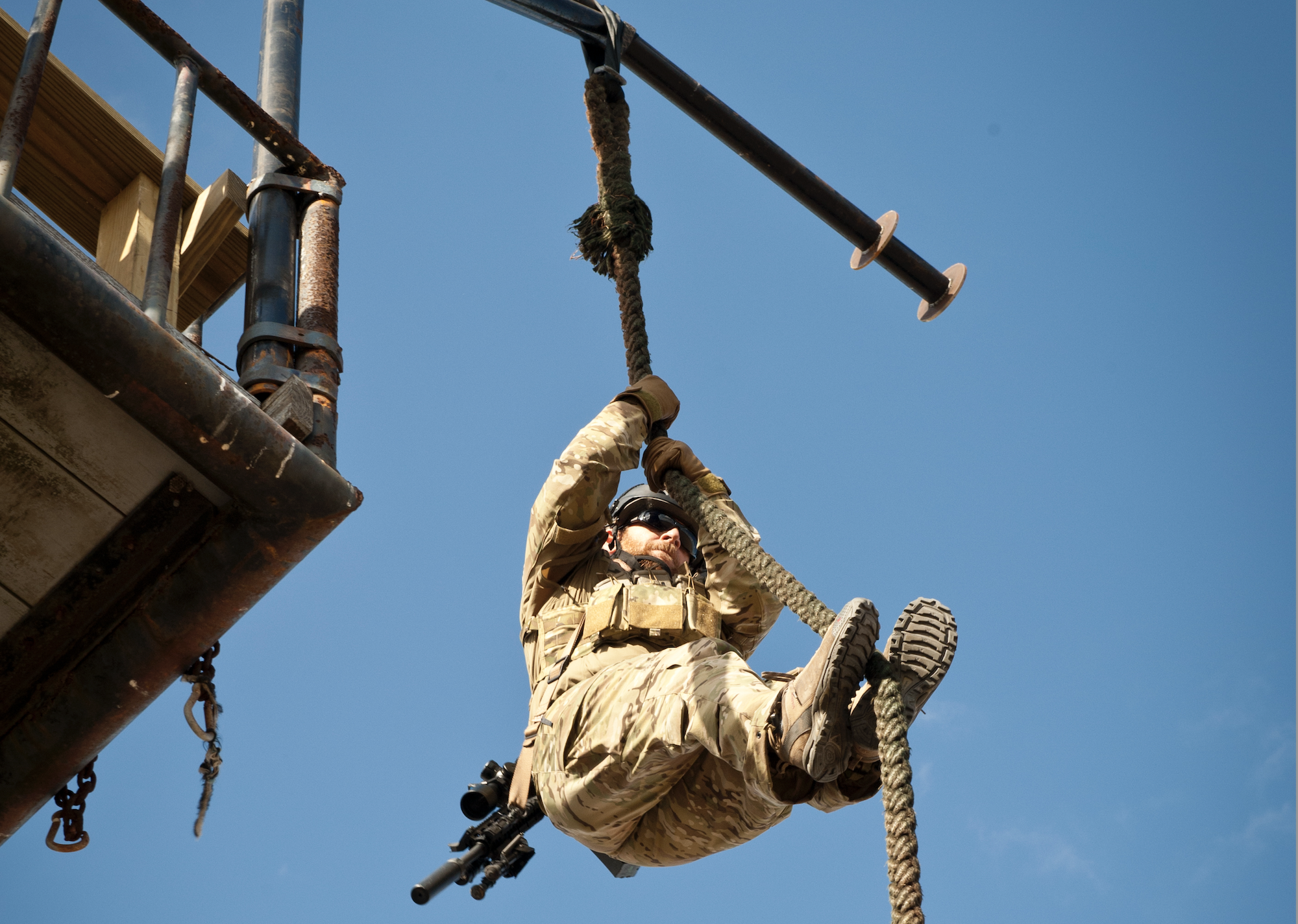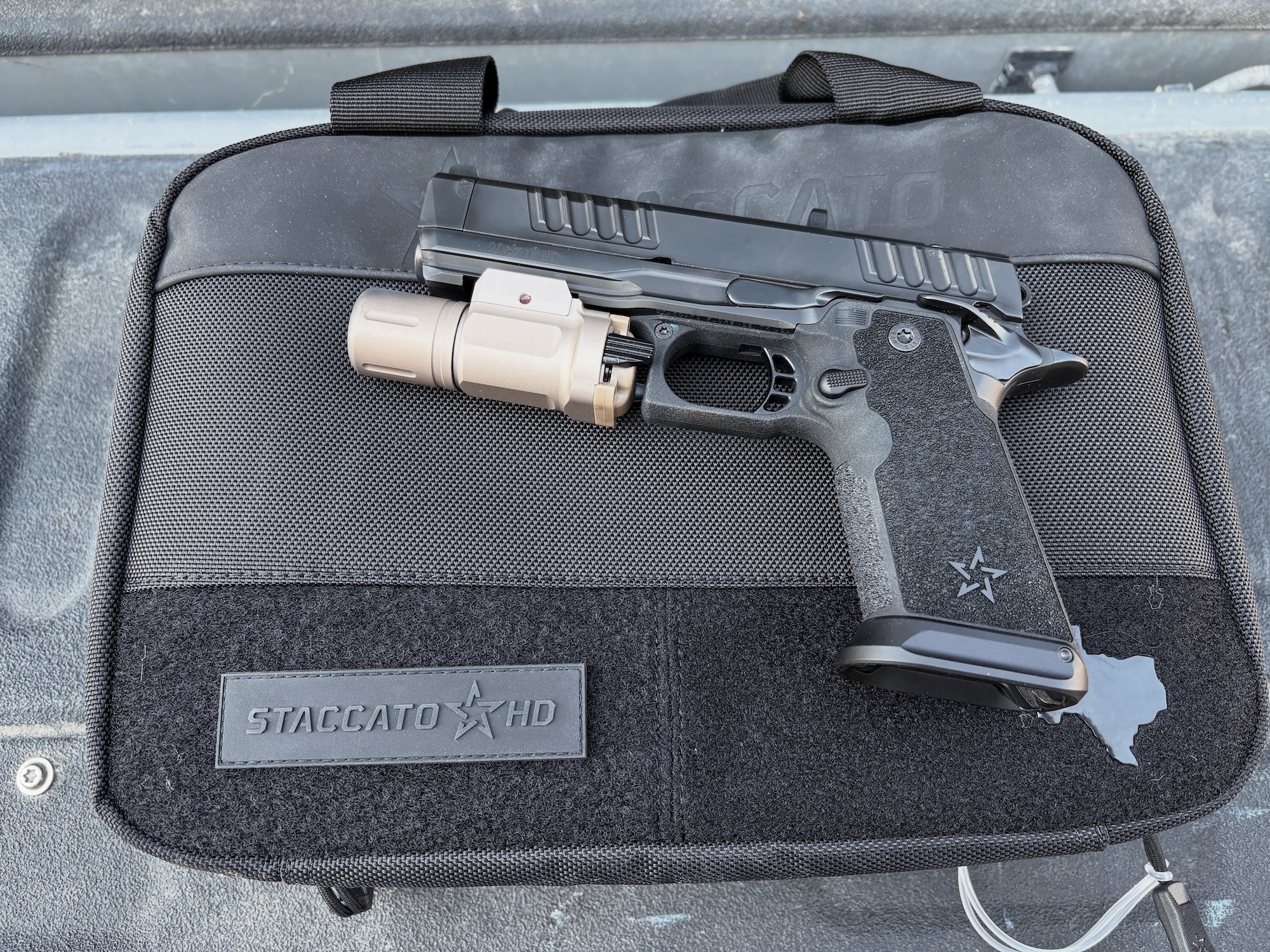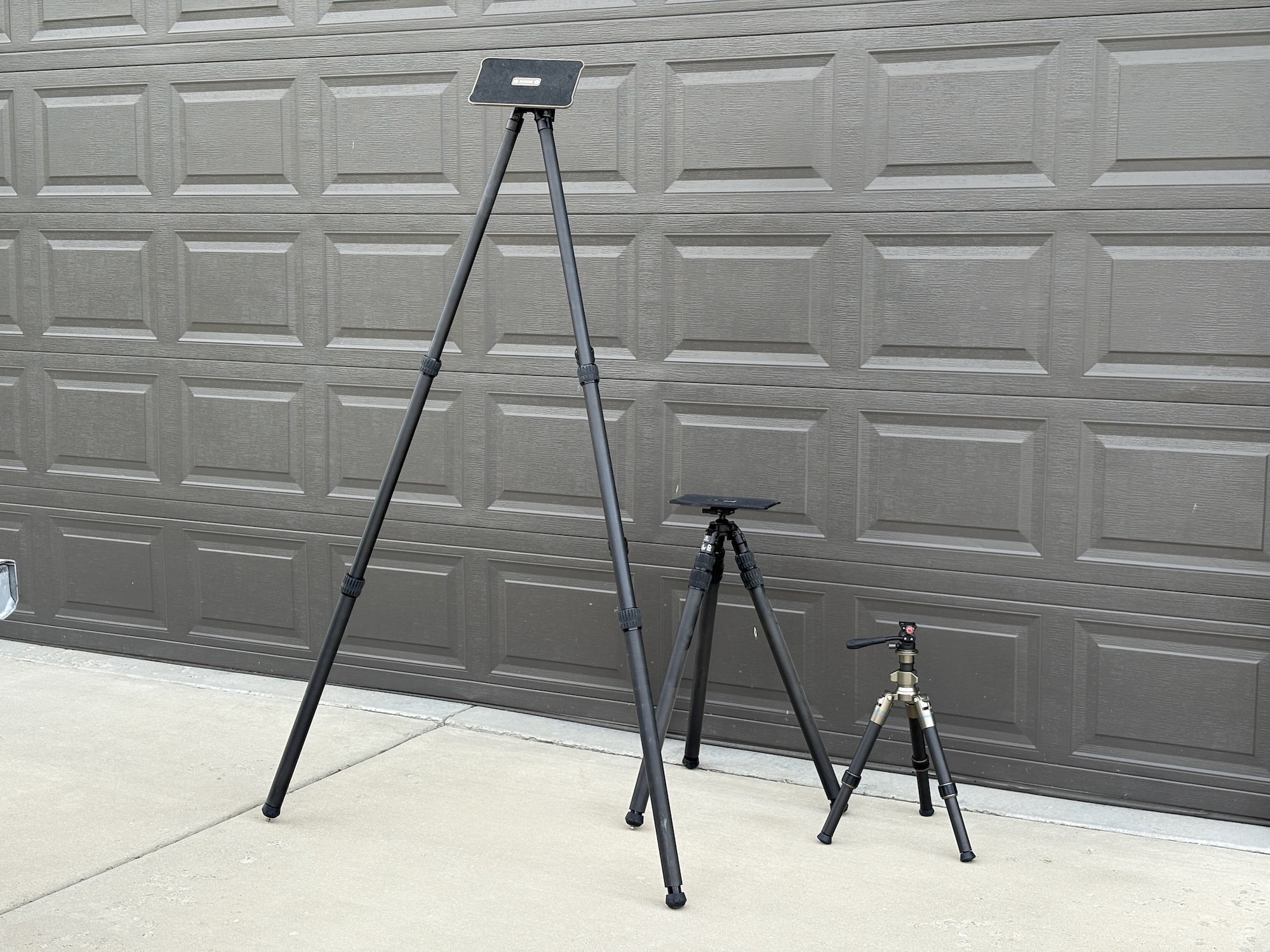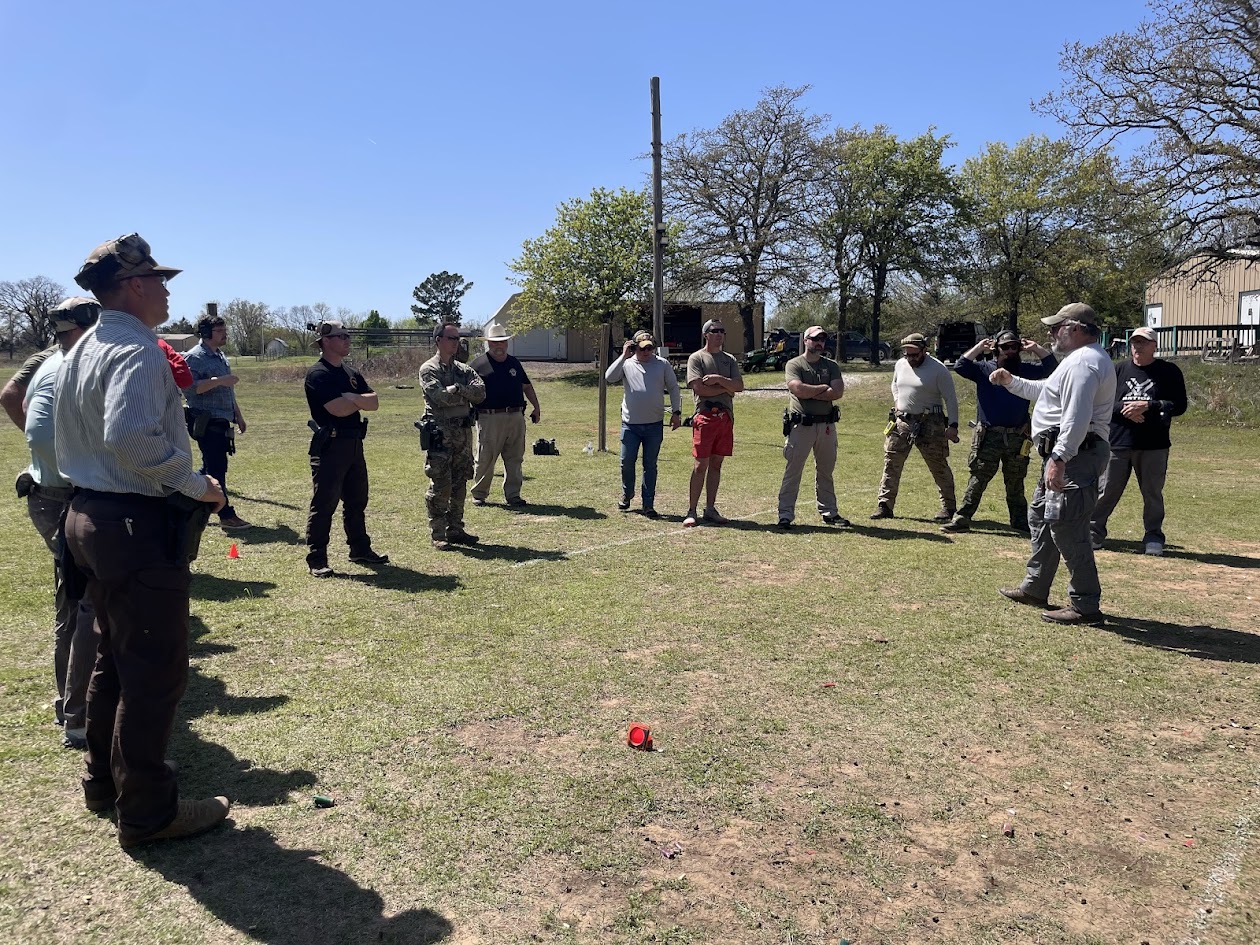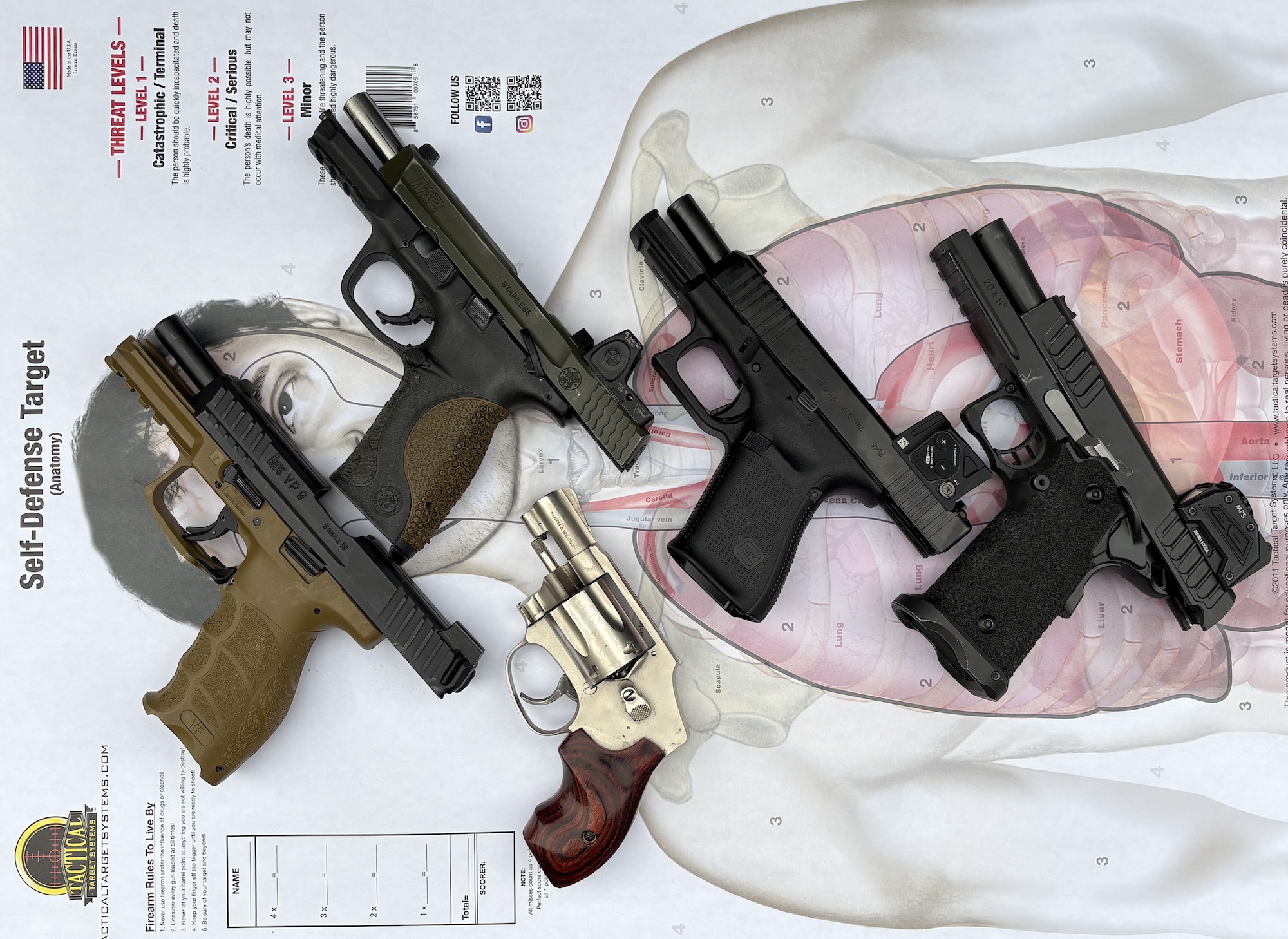
feature_4015
All of these are duty pistols. However, they do not all fill the same needs.
The subject of testing handguns for adoption by agencies came up recently. Testing. The vast majority of the 18,000 agencies in this country lack both the capability and the resources to conduct actual testing.
Are we testing? Identifying our preferences? Or validating the testing of others? This also applies to all other firearms and accessories – armorer support, holsters, optics, lights, slings – as well as patrol vehicles, records-keeping software, and dispatch systems.
During my career, I was involved in two of these events. At first, we thought we were testing, and I believed that back then. By the time we were involved in the second, with numerous limitations added from above, it was clear we were gathering enough data points to say, “Yes, what that organization is saying is accurate.” I will address both.
>
First Run
In 1997, we were going to adopt our first semi-automatic for issue department-wide. Until then, the office’s choice was a Model 66. A brief flirtation with about fifteen S&W 5906 pistols had not ended well.
Going into it, we were told the caliber would be .40S&W. Realistically, we had four choices: Beretta 96, Glock 22, H&K USP, and a S&W 4006. The -96 and 4006 were scrubbed based on the slide-mounted safety decocker. We then started in on the other two. Reliability attempts to induce stoppages, “high” round counts soon, and the like. We considered accessories, including holsters, but lights were just barely a thing. We ran a range day for approximately fifteen shooters with a wide variety of skill sets. There were scored drills and verbal feedback, along with a written assessment.
When everything was done, both handguns had done well. The scores for one pistol were measurably higher than for the other. However, the budget factor then came into play. We chose the #2 handgun because it was going to be less expensive. And, in retrospect, it has always had much greater aftermarket support. Having only one of each firearm very much limited it to being a preference identification process.
Second Go Around
At the end of 2010, my former organization encountered significant issues with Gen 3 Glock .40 S&W pistols. At the time, I presented the administration with five options, only one of which involved considering other manufacturers. Before we would have ever gotten to the accessories, we would have needed multiple copies of firearms from several different manufacturers, along with enough ammunition to make the shooting viable. As we were still dealing with the 2008 financial crash, that was not happening.
The organization then switched to Gen 4 40S&W pistols. Unfortunately, a few years later, we began having significant extraction and ejection issues with those pistols. Financially, again, we lacked the resources to conduct a comprehensive evaluation of the available options.
So, what to do? I heard that the FBI is considering a shift to 9mm Glocks. Wait, the guys who brought us the .40 S&W were looking at 9 mm? Alrighty. So, I called a special agent supervisor at the Bureau’s Ballistic Research Facility. During a couple of conversations, the answers to my questions were answered – no issues with cycling or functioning, no extraction issues, round counts, which models were tested, and they worked with lights attached.
Confirmation Validation
What we proposed to our supervisor and manager was this: let us buy five 4th Gen G-17 pistols along with Surefire and Streamlight pistol lights. Once we purchased those pistols, we issued them to firearms instructors, both non-SWAT personnel, and SWAT personnel. The goal was to get to 2500 rounds each immediately and then 5000 as soon as possible. And we did that.
It validated what I had been told by the FBI about what they had seen in their actual testing process.
For an office with “just” three hundred sworn deputies, realistically, this was as good a job as we could do for our peers and the organization.

At one point, the Assistant Sheriff told us the organization needed “a reliable, accurate, and effective pistol” in that order. Put a reasonable number of rounds through several samples.
Decisions?
Before your agency starts this, make some decisions early. Start with the ammunition and decide upon caliber, though for the time being, that’s covered by 9mm. What bullet weight? Is there a preferred manufacturer?
Next, regarding the handgun, what type of action is it? Striker or single action? Or is there a DA/SA throwback? Are there compact and concealed carry-size versions of the pistol?
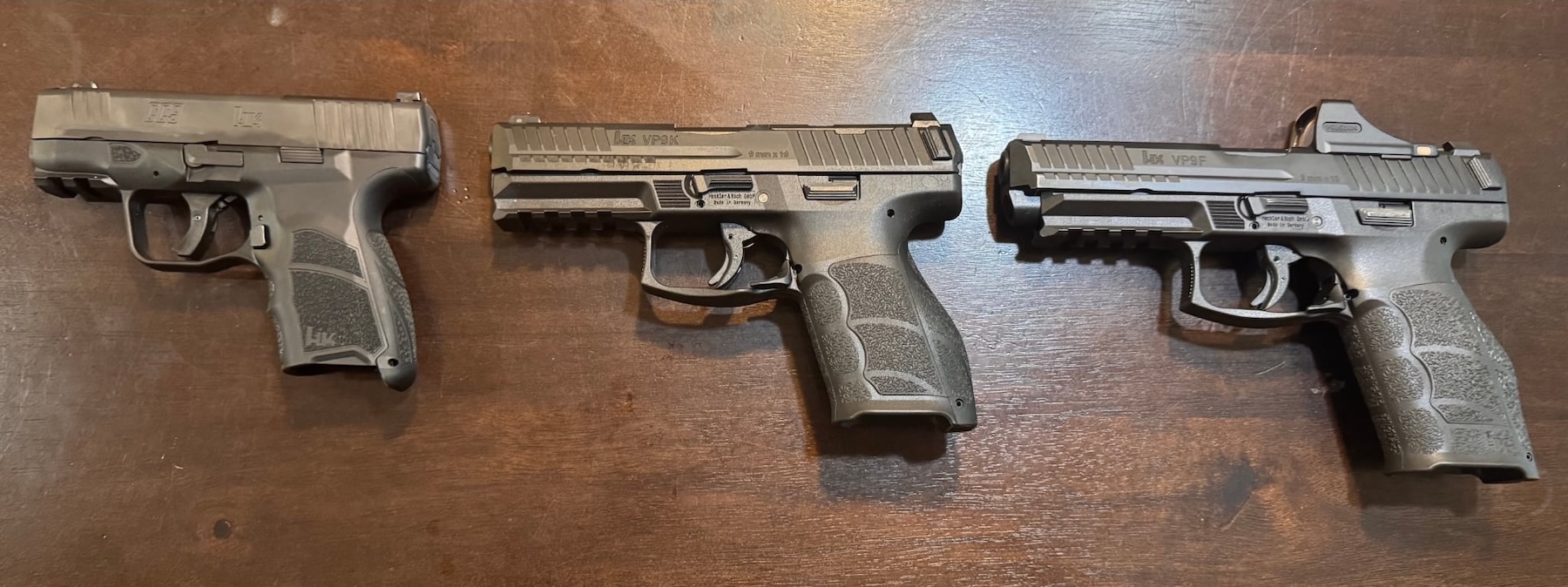
Does your selection have a family of models that can fulfill a variety of roles? Like these from H&K with a duty gun, one for plain clothes, and an off-duty or concealed carry model. (PC – H. Marbury)
Then, the other features – ambidextrous or reversible magazine releases? What about a thumb safety? I am a fan of them. Is there a reason for a magazine disconnect?
What about the availability of aftermarket accessories for on- and off-duty? Ensuring there are workable holsters can be a significant issue.
Finally, will the slide use plates, or are there factory-cut versions available for specific optic footprints?

Once reliability has been established, the next step is confirming accuracy, showing a 15-yard zero target here.
Transition Training
When transitioning to a new manufacturer and model, consider the training required for a smooth transition. How the pistol works will impact the length of that training. If you are transitioning from a DA/SA platform to striker-fired pistols, I’d recommend a very vigorous Rule 3 component. One large West Coast sheriff’s office experienced a significant increase in negligent discharges when they went from a DA/SA pistol to a striker-fired model.
Rule #3 is to “keep your finger on the frame/slide interface until you have decided to shoot and your sights are on target.”
NIJ Standard
NIJ’s 0112.03 standard has been covered here before, along with the pistols that have currently passed it. There is a Draft 0112.04 standard that was scheduled for publication in 2022 but has not yet been published. Note – while Glock, H&K, and Smith & Wesson have been certified under the 01123.03 standard, that is with older models, but none of the recently released ones.
Final Thought
Were I to be involved in another selection process, I would start by reviewing the NIJ standards. Then, consider the answers to the questions above. Validate what has been said with competent users. And make the final choice from there.


 (+11 rating, 11 votes)
(+11 rating, 11 votes)

